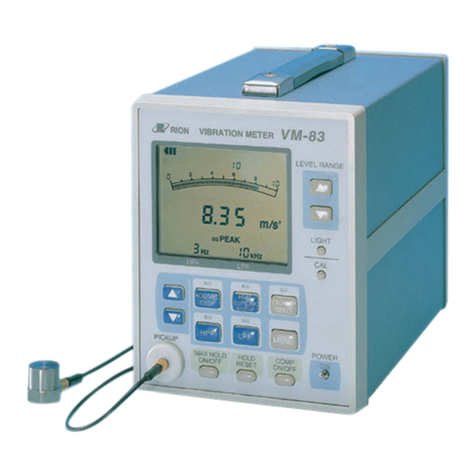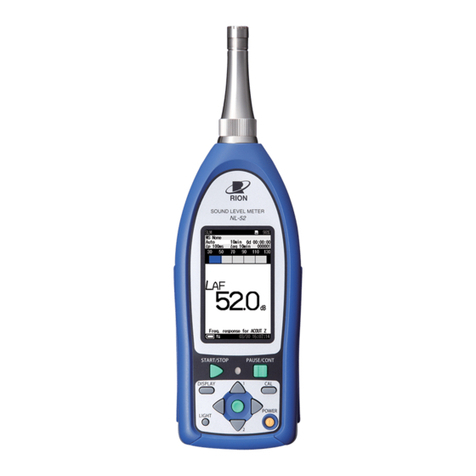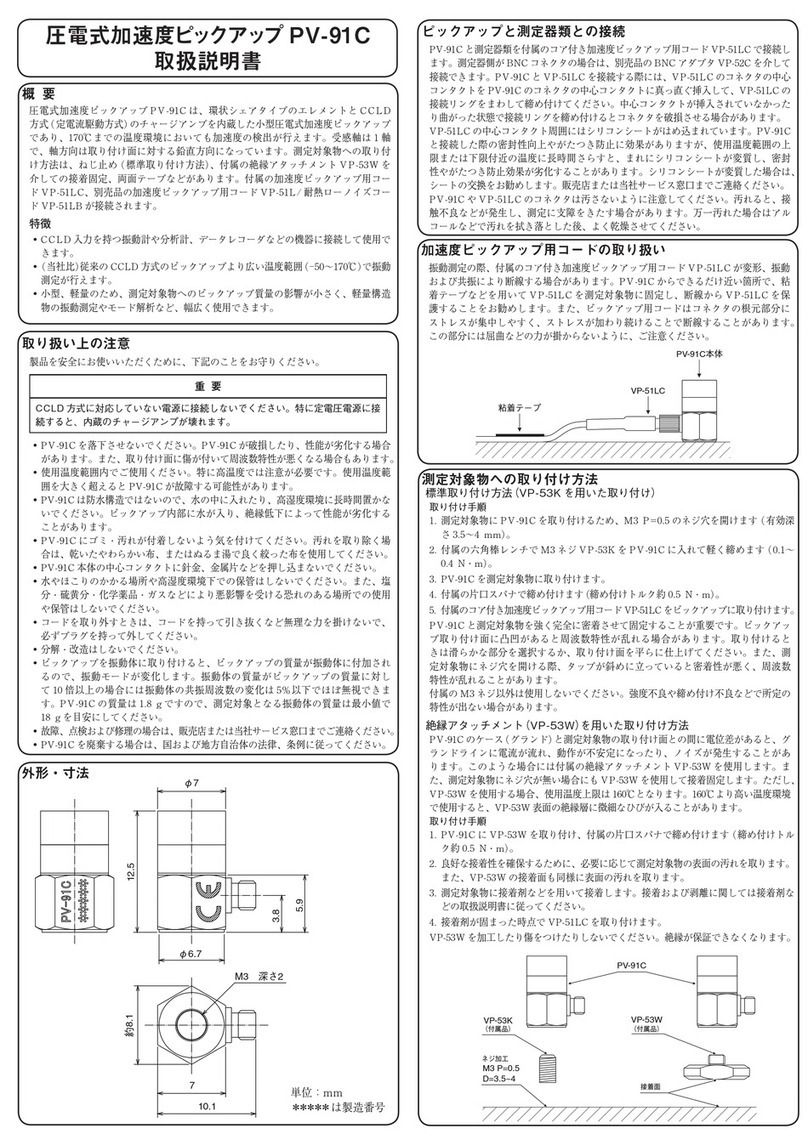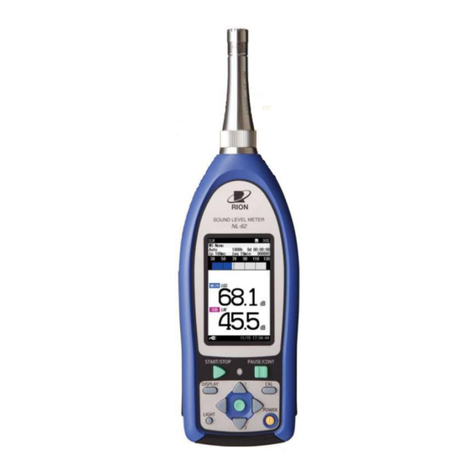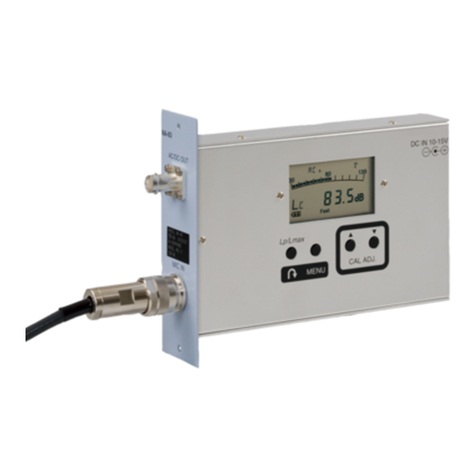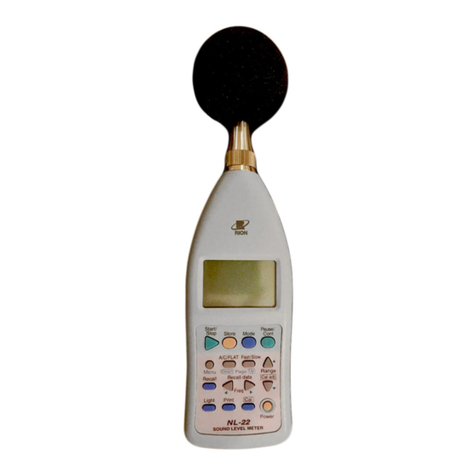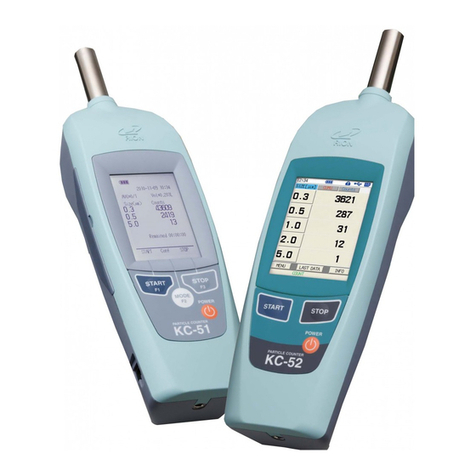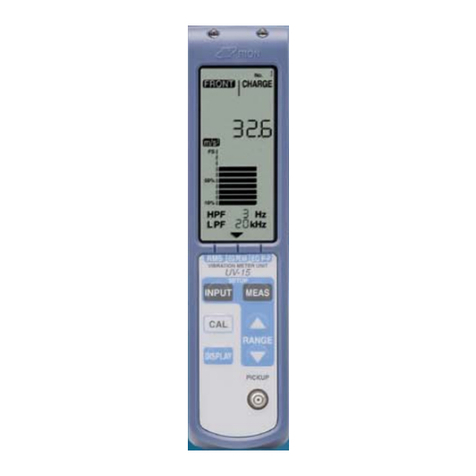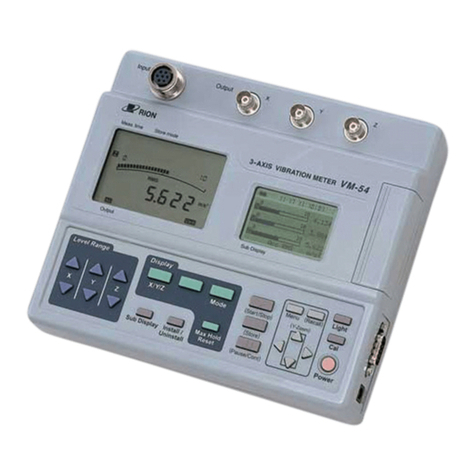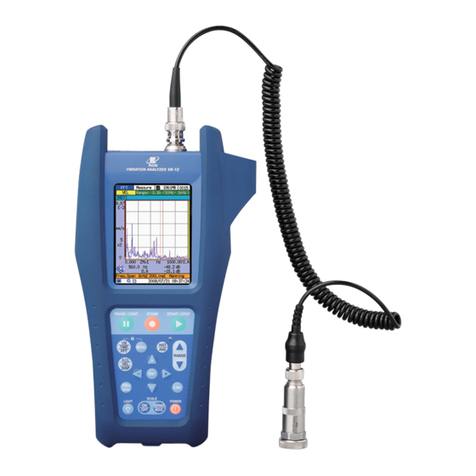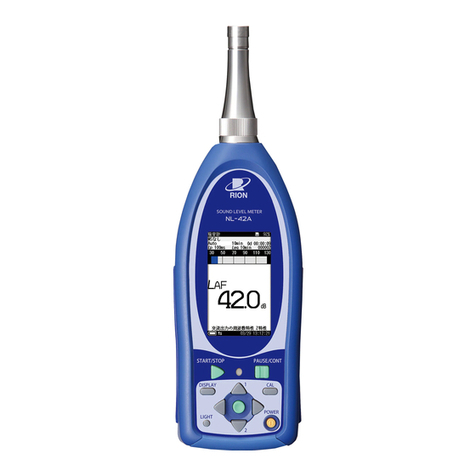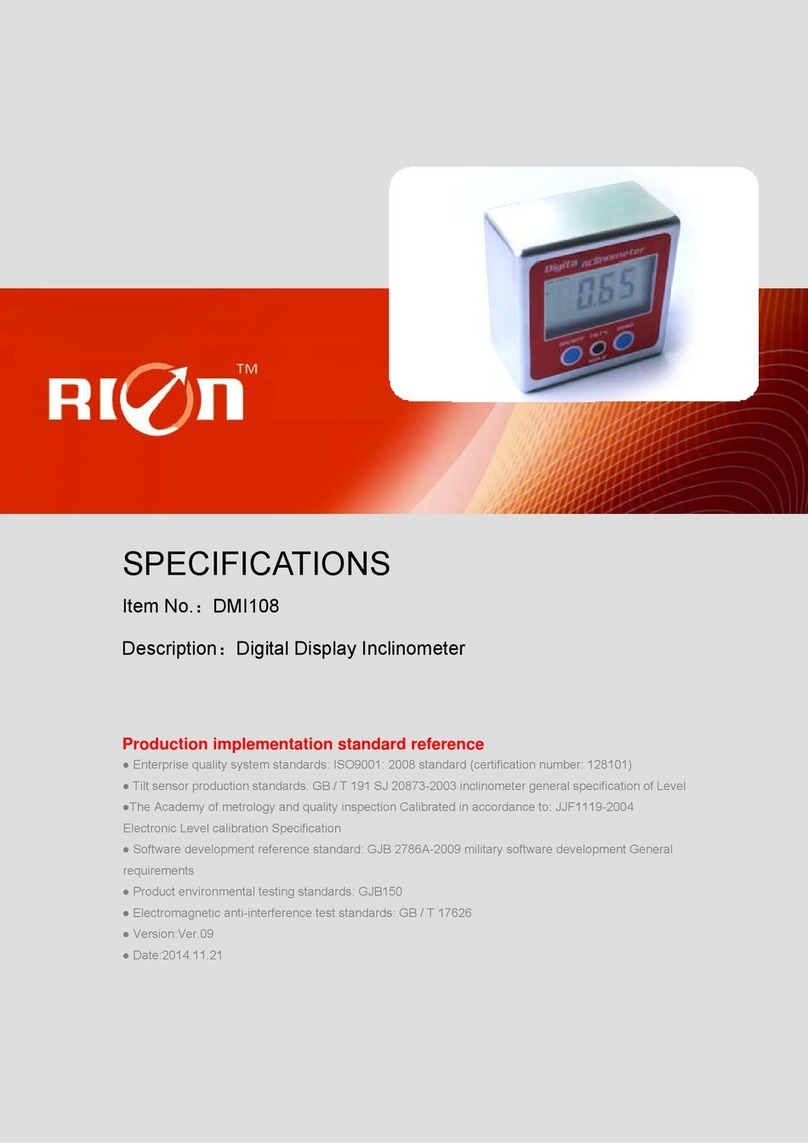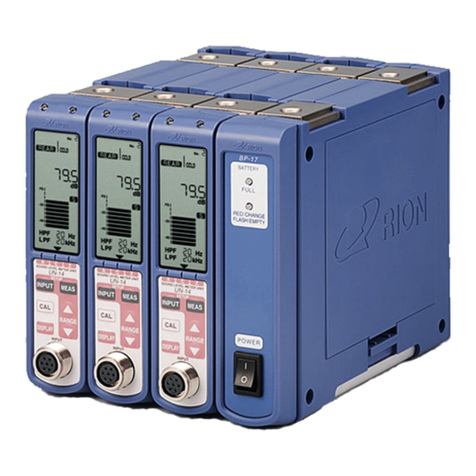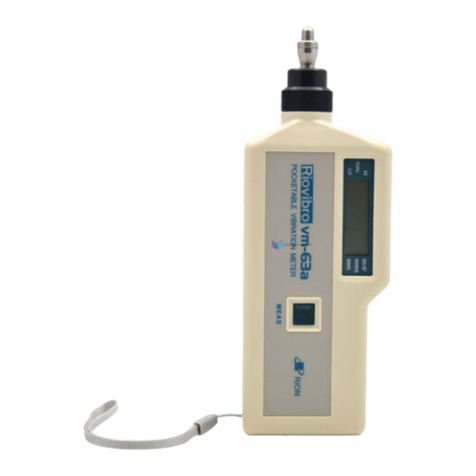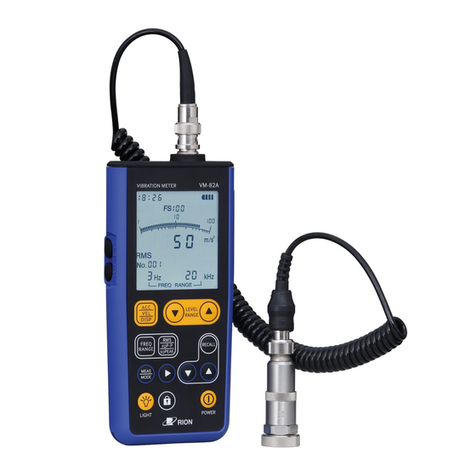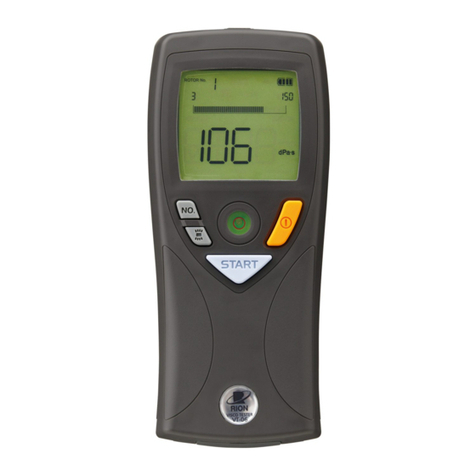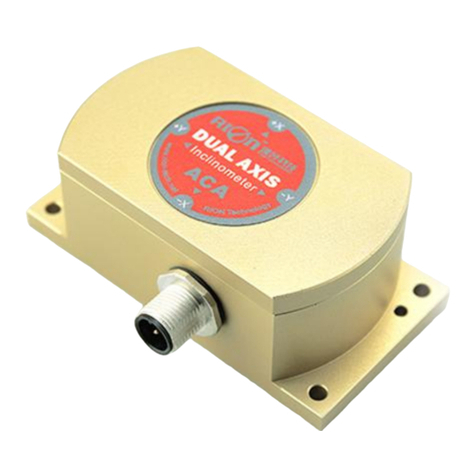
vi
Contents
Organization of this manual ................................................................ i
FOR SAFETY ................................................................................... iii
WARNING ................................................................................... iv
PRECAUTIONS ................................................................................ v
Outline ................................................................................................ 1
Controls and Features ......................................................................... 3
Front Panel .................................................................................... 3
Side Panel ..................................................................................... 6
Top Panel ...................................................................................... 7
Bottom Panel ................................................................................ 8
Preparations ........................................................................................ 9
Power Supply ................................................................................ 9
Connecting the Accelerometer PV-55......................................... 14
Trigger Input ............................................................................... 15
Printer and Computer Connections............................................. 16
Setting the Date and Time .......................................................... 19
Using the shoulder belt ............................................................... 20
Display Explanation ......................................................................... 21
Display Layout ............................................................................ 21
Measurement Screens ................................................................. 22
Menu Screens ............................................................................. 32
Menu Operation on Measurement Screen .................................. 44
Trigger Functions ............................................................................. 45
Processing Principles........................................................................ 48
Mass Memory ............................................................................. 50












